back to Home
3. Velocity and Acceleration
3.1. How to Add and Subtract Velocities
Some terms in physics like velocities, forces, a.o. have two distinct properties: an amount and a direction. Such terms are called vectors.
If a velocity is bound to a specific direction, it can have 2 orientations, either to the left or to the right, up or down, north or south a.o.
In physics and mathematics such two opposite orientations are by convention symbolised as positive (+) and negative (-). These symbols - even though they look alike - are not identical with the mathematical operations addition (+) and subtraction (-).
If velocities with positive or negative orientations have to be added or subtracted the following rules apply:
To add a velocity with negative orientation + (-)v is the same as to subtract velocity with positive orientation. In mathematical symbols: + (-)v = - (+)v
To subtract a velocity with negative orientation - (-)v is the same as to add the same velocity with positive orientation. In mathematical symbols: - (-)v = + (+)v
The rules to be applied are the same as adding or subtracting positive or negative numbers.
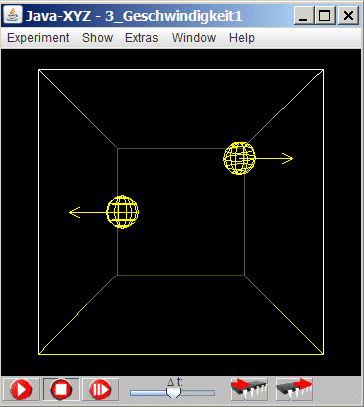
Fig 3.1. Simulation "3_velocity"
If a velocity is symbolised as (+) v, it should be called positively oriented velocity while the short form "positive velocity" can lead to confusion among newcomers to the field. There is no positive or negative velocity, there are only positively or negatively oriented velocities and this only relative to a specific direction in space.
What has to be done to increase the speed of both particles in simulation 3_velocity".
The following picture illustrates, how to detect or change the velocity (its amount) of a selected particle.
This can be done by entering the numerical values for the three components v
x, vy and vz in the "Particle Inspector" window at A
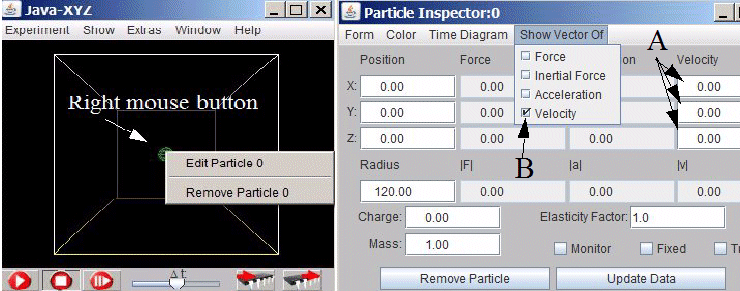
Fig 3.2. How to change the velocity and how to activate the visualization of vectors
The velocity of a particle can be visualised as arrow - the symbol for a vector. This functionality can be initiated in the "Particle Inspector" window at B (fig. 3.2.).
The visulisation of v common for all particles within the XYZ-cube can be set in the "Particle Management" window at C (fig. 3.3.).
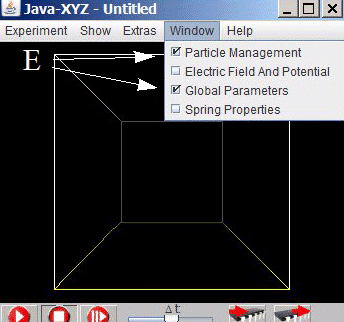
Fig 3.3. How to activate the visualization of vectors common for all particles
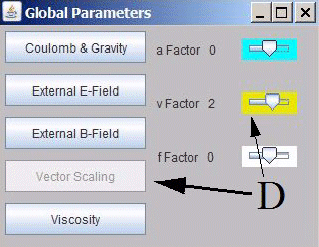
Fig 3.4. How to scale arrows, the symbol for vector quantities
The scale of the visualized vectors (for acceleration, force and velocity) can be set in the "Global Paramenter" window at D.
The last two windows are called from the main menu line of the Java-XYZ window at E (Fig 3.3.)

Fig 3.1. Simulation "3_velocity"

Fig 3.2. How to change the velocity and how to activate the visualization of vectors

Fig 3.3. How to activate the visualization of vectors common for all particles

Fig 3.4. How to scale arrows, the symbol for vector quantities
3.2. Velocity in 3 Dimensions
A velocity with an arbitrary direction in space can be decomposed in so-called x-, y- and z-components, directed along the 3 axis of a system of rectangular coordinates.
These components can have 2 orientations along each axis, labelled either as positive or negative.
As an exercise to get familiar with coordinates within the Java-XYZ cube as well as with velocity components, the following 4 similar exercises are proposed where each time the velocity components of the particle in the middle should be set in such a way, that it will collide head-on with the particle in the back. For changing the velocity components of a particle see fig. 3.1.

Fig 3.5. Assignments to exercise with coordinates and v-components in 3 D
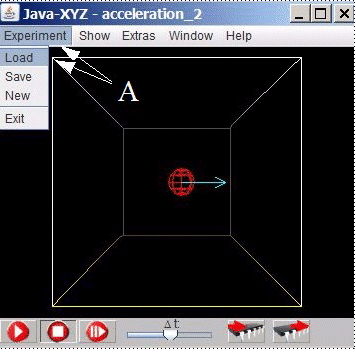
Fig 3.6. How to load a prepared simulation (A)
You may either set the 2 particles at the given positions yourself (fig. 2.4) or you can load the prepared simulations named:
3_assignment1; 3_assignment2; 3_assignment3; 3_assignment4.
Prepared simulations with the solutions can also be found.

Fig 3.5. Assignments to exercise with coordinates and v-components in 3 D

Fig 3.6. How to load a prepared simulation (A)
3.3.Velocity and System of Reference
Rest and Motion
For our daily life the two states "being at rest" and "being in motion" are clearly distinct This idea has first been questioned by Galileo and Newton in the 17th. century.
There is no place in the whole cosmos which could be claimed to be at rest. We are placed on a rotating earth, we are circulating around the sun, we are moving with the sun across our galaxy, etc.
What we so distinctly perceive as being at rest, is therefore only relative, only apparent.
To define a place to be at rest or to move with a specific velocity, a system of reference is indispensable.
The importance of such a system of reference becomes quite obvious if the movement of a planet, for instance Mars, has to be described.
>Movement of Planet Mars from Geocentric versus Heliocentric Perspective
To understand the retrogradation of our planets, the geocentric and the heliocentric perspective have to be unified in thought. To support this mental task, a video is prepared (Video about the movement of Mars) which shows pictures from these two perspectives with smooth transitions.
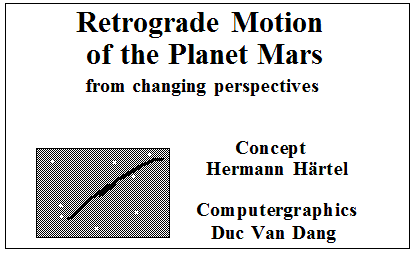
Fig 3.7. Video about the movement of Mars.
To simplify the explanation, it may be useful to rectify the circular movement of Earth and Mars in the following way.
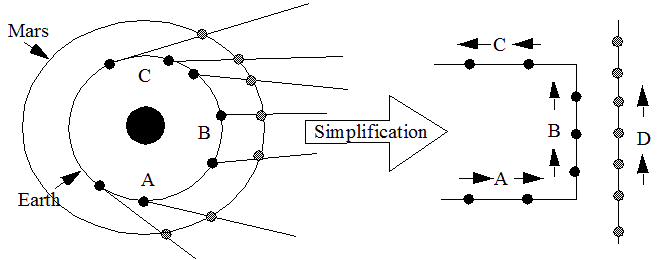
Fig 3.8. Explanation about the retrograding movement of Mars
The circular path of Earth is simplified to the track A-B-C, while the path of Mars is simplified to a straight line D.
While on track A, it is obvious that Mars seems to move to the left.
Since the velocity of Earth on track B is faster than the velocity of Mars, it seems that Mars is moving to the right. On track C as on track A it looks again as if Mars is moving to the left.
3.4. Acceleration
In daily life the meaning of "acceleration" is limited to an object moving with increasing speed. The meaning of this term in physics, however, is more general.
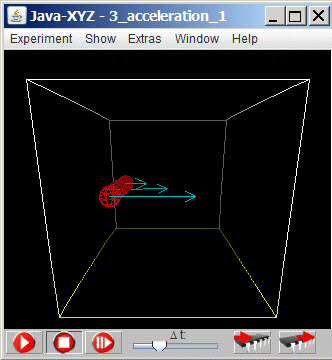
Fig. 3.8-1. Simulation "3_acceleration-1"
When ever the velocity of a moving object is changing, either increasing or decreasing its speed or changing its direction, the corresponding movement in physics is called to be accelerated.
If the velocity of an object is changing from v1 to v2, during a certain time period Δt, in physics the corresponding movement is called to be accelerated.
The acceleration of a moving object is larger, if the difference
v2 - v1 is larger for the same time interval: In mathematical terms this implies: a ∝ v2 - v1
The acceleration is smaller, if the time interval Δt = t
2 - t1 is larger to reach the same difference in velocity: In mathematical terms this implies:a ∝ 1/(t2 - t1)
This leads to the mathematical definition of acceleration as:
a = v2 - v1/t2-t1
The particles in the simulation "3_acceleration-1" move with different acceleration (for loading a prepared simulation see fig.3.4). This can be checked by stopping the simulation in the middle and checking the velocity component vx inside the "Particle Inspector" (fig. 3.1)
Acceleration as Vector
For our daily life the two states "being at rest" and "being in motion" are clearly distinct This idea has first been questioned by Galileo and Newton in the 17th. century.
There is no place in the whole cosmos which could be claimed to be at rest. We are placed on a rotating earth, we are circulating around the sun, we are moving with the sun across our galaxy, etc.
What we so distinctly perceive as being at rest, is therefore only relative, only apparent.
To define a place to be at rest or to move with a specific velocity, a system of reference is indispensable.
The importance of such a system of reference becomes quite obvious if the movement of a planet, for instance Mars, has to be described.
>Movement of Planet Mars from Geocentric versus Heliocentric Perspective
To understand the retrogradation of our planets, the geocentric and the heliocentric perspective have to be unified in thought. To support this mental task, a video is prepared (Video about the movement of Mars) which shows pictures from these two perspectives with smooth transitions.

Fig 3.7. Video about the movement of Mars.

Fig 3.8. Explanation about the retrograding movement of Mars
While on track A, it is obvious that Mars seems to move to the left.
Since the velocity of Earth on track B is faster than the velocity of Mars, it seems that Mars is moving to the right. On track C as on track A it looks again as if Mars is moving to the left.

Fig. 3.8-1. Simulation "3_acceleration-1"
If the velocity of an object is changing from v1 to v2, during a certain time period Δt, in physics the corresponding movement is called to be accelerated.
The acceleration of a moving object is larger, if the difference
v2 - v1 is larger for the same time interval: In mathematical terms this implies: a ∝ v2 - v1
The acceleration is smaller, if the time interval Δt = t 2 - t1 is larger to reach the same difference in velocity: In mathematical terms this implies:a ∝ 1/(t2 - t1) This leads to the mathematical definition of acceleration as:
a = v2 - v1/t2-t1
The particles in the simulation "3_acceleration-1" move with different acceleration (for loading a prepared simulation see fig.3.4). This can be checked by stopping the simulation in the middle and checking the velocity component vx inside the "Particle Inspector" (fig. 3.1)
The physics term acceleration has vector properties. This means that it has a direction in space and that it can be decomposed along the axis x, y, and z parallel to the axis of a rectangular coordinate system.
For a given direction the acceleration as vector can have 2 orientations, indicated as positive and negative.
These indications are often identified with acceleration and deceleration.
However, this not correct. A particle which moves with a negatively oriented acceleration does not mean, that the velocity of the particle is decreasing. It may well increase.
The prepared simulation "3_acceleration2" may help to clarify this issue
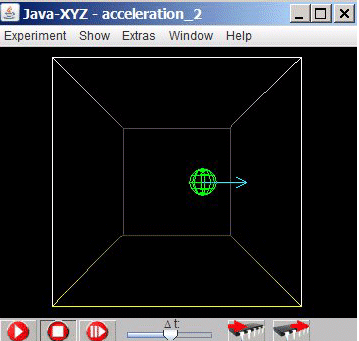
Fig 3.9. Movement with constant acceleration but permanently changing velocity
The blue arrow indicates the actual acceleration. The velocity is permanently changing but the acceleration is always constant and has a positive orientation (parallel to the positive direction of the x-axis).
The acceleration in this simulation is caused by simulating a charged particle and an electric field in +x-direction, causing a force in +x-direction. The orientation and amount of the acceleration can be changed inside the "Particle Inspector" window by changing the amount of the charge (A) or the polarization (plus instead of minus) of the charged particle.
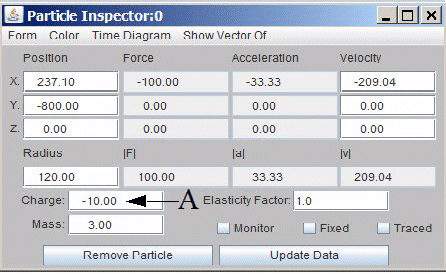
Fig 3.10. How to change charge and mass of a particle
A further possibility to change the amount of the acceleration (the applied force) is given by changing the strength of the simulated electric field
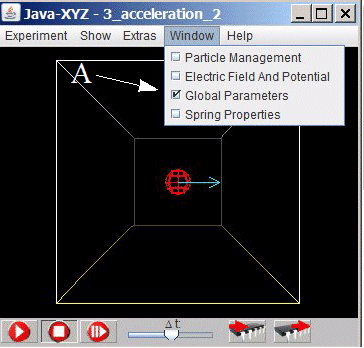
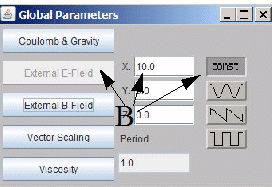
Fig 3.11. How to set or change the strength of the electric field (at B) inside the "Global Parameters" window, called at A in the Window sub-menu (main menu line of Java-XYZ)
Remark:
The acceleration during the collision with the walls of the cube are not shown.
Result
The orientation of the acceleration - either positively or negatively oriented - has nothing to do with increasing or decreasing speed. With both orientations the object can move faster or slow down.
Important is in what sense the velocity is changing. If the velocity changes to more positive values or towards the positive orientation, the acceleration has a positive orientation and vice versa In mathematical terms this rule can be expressed as:
acceleration with positive orientation: (v2 - v1 > 0),
acceleration with negative orientation: (v2 - v1 < 0)
Remember
It is only meaningful to talk about orientation, if a fixed direction is given - in the case above the x-axis.
zurück zur Startseite

Fig 3.9. Movement with constant acceleration but permanently changing velocity

Fig 3.10. How to change charge and mass of a particle


Fig 3.11. How to set or change the strength of the electric field (at B) inside the "Global Parameters" window, called at A in the Window sub-menu (main menu line of Java-XYZ)